My Experiences as an Eclipse Ambassador
By Kay Hones, San Francisco School Libraries
(Photos provided by author - permission to publish)
Total Eclipse of the Sun!
The Solar Eclipse on April 8th was visible in parts of Mexico, United States & Eastern Canada. I wanted to share the eclipse with the students and families of my community.
I applied to be an Eclipse Ambassador at the Astronomical Society of the Pacific. (I had attended several workshops on astronomy topics in the past.) There were three hours of virtual training, meetings and a variety of curriculum resources. I also received a box with supplies including Styrofoam balls of various sizes and solar glasses.
I presented several events for K-12 school libraries at an alternative high school for teen moms, a middle school, and a K-5 school for recent immigrants and visited many 4th grade classrooms. I also did a short online Zoom for nature journal educators, sharing resources and teaching tips.
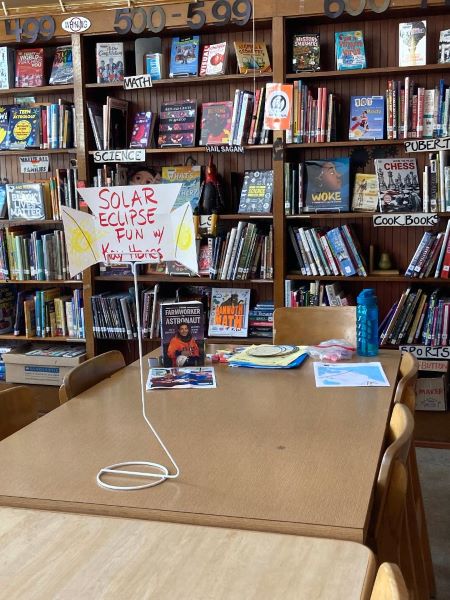
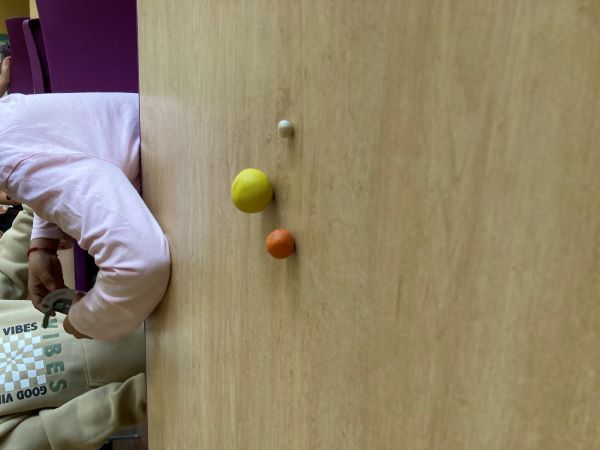
Student discussions are important for participation, curiosity, discovery, understanding and reflections. My opening question for the students is “Would you like to try this?”
Exploration questions included “What materials are we using?” “What do you see?” “What does this remind you of?”
And finally students reflected with questions: “How can you explain the eclipse?” “What if we changed the sizes of the sun, earth and moon?”
Each student who attended my presentations received solar viewing glasses so we discussed safety rules for solar viewing (with instructions in Spanish for newcomer students).
Solar glasses purchase at Astronomy Society of the Pacific.
I enjoyed including cultural information. Since we had recently celebrated Year of the Dragon, we read and discussed the dragon eclipse myth. Ohlone are the first people in our area and students really enjoyed the myth of the bear and the sun!
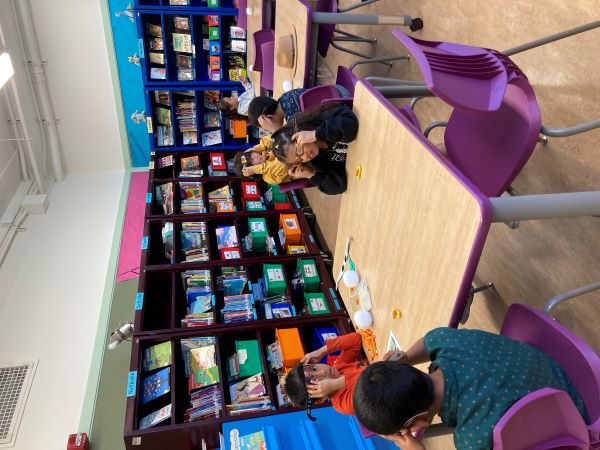
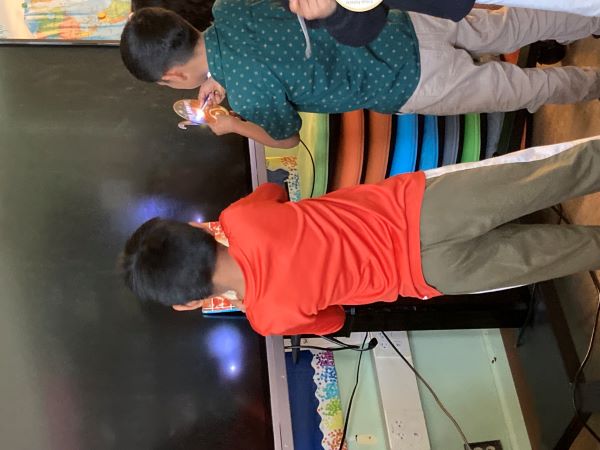
One activity was using 3 Hole Punch Pinhole Projectors that students used with mini flashlights. I also helped students make their own pinhole projector with recycled paper.
For a related outdoor activity, students enjoyed Outdoor Activity Shadow Tracing.
Students experimented with the “Eclipse in a Cup” hands on project.
(Supplies needed are three plastic cups, a tennis ball for the sun, 1/2 inch diameter clay ball for sun & clay ball for moon about ¼ the size of sun.)
There are many eclipse related resources to use with students and share with teachers. National Aeronautics and Space Administration (NASA), science museums, and planetariums have information, activities and even lessons.
Eclipsewise.com has information about worldwide eclipse events for 2024. There will be two solar eclipses and two lunar eclipses.
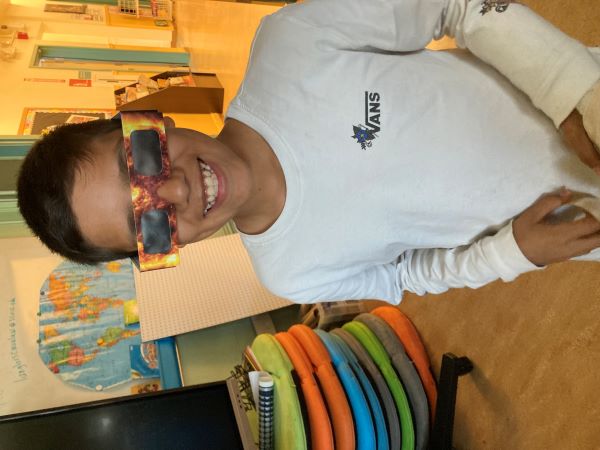
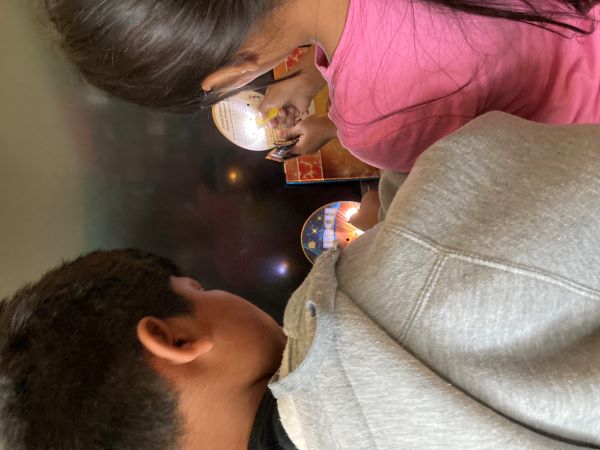
The eclipse gives every school library a great opportunity to work with science and math teachers. Exploring the path of each eclipse gives students a chance to learn more about world maps. The various eclipse activities can become part of makerspace projects.
And books? Yes, there are some very interesting books: for immigrant students at my high school, From Farmworker to Astronaut / De Campesino a Astronauta: My Path to the Stars / Mi viaje a las estrellas (English and Spanish Edition) Paperback – October 31, 2019 Jose M. Hernandez (Author) lives in Lodi, California.
I hope you and your students safely see an eclipse one of these days and enjoy learning about our amazing universe in the library!! And for a treat, bring some moon pies!
About the Author
Kay Hones worked in K-12 San Francisco school libraries 1987-2020. Kay presents workshops locally, at state. national library & teacher conferences & internationally with IASL. (International Association of School Librarianship)





